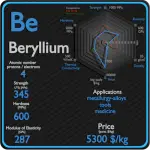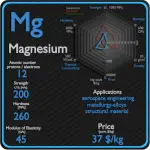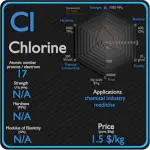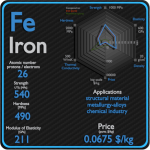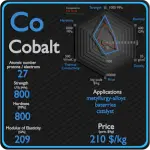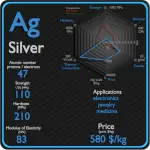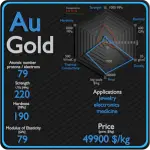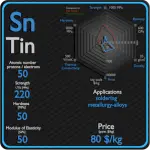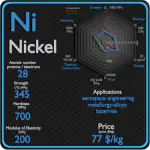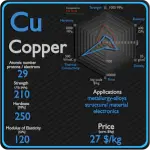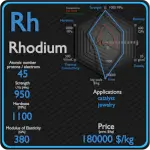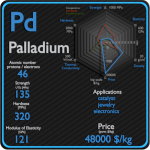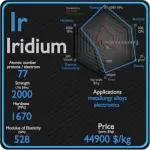This article contains comparison of key thermal and atomic properties of copper and gold, two comparable chemical elements from the periodic table. It also contains basic descriptions and applications of both elements. Copper vs Gold.
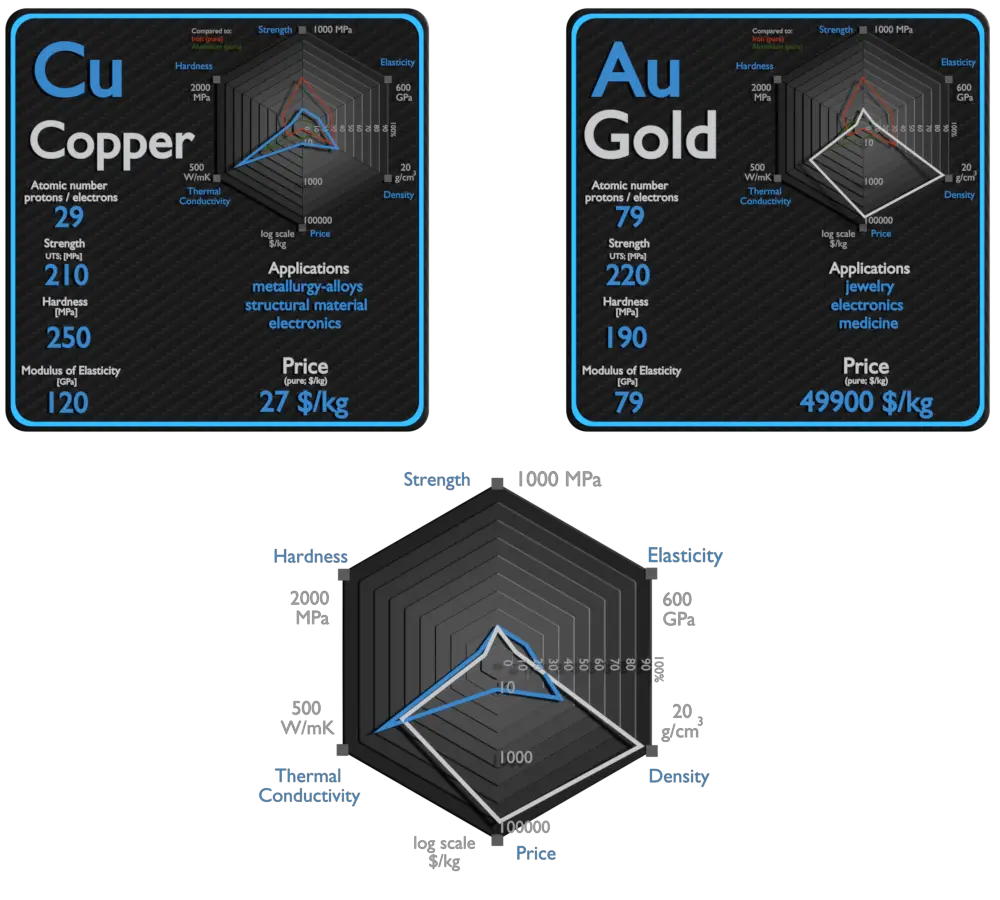
Copper and Gold – About Elements
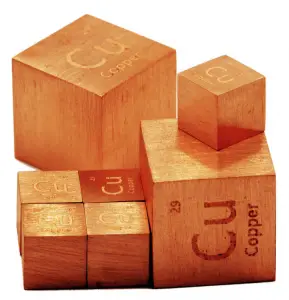
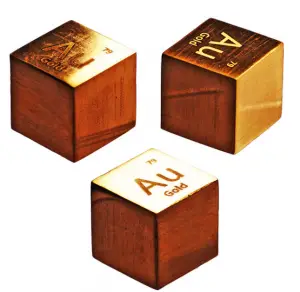
Source: www.luciteria.com
Copper and Gold – Applications
Copper
Historically, alloying copper with another metal, for example tin to make bronze, was first practiced about 4000 years after the discovery of copper smelting, and about 2000 years after “natural bronze” had come into general use. An ancient civilization is defined to be in the Bronze Age either by producing bronze by smelting its own copper and alloying with tin, arsenic, or other metals. The major applications of copper are electrical wire (60%), roofing and plumbing (20%), and industrial machinery (15%). Copper is used mostly as a pure metal, but when greater hardness is required, it is put into such alloys as brass and bronze (5% of total use). Copper and copper-based alloys including brasses (Cu-Zn) and bronzes (Cu-Sn) are widely used in different industrial and societal applications. Some of the common uses for brass alloys include costume jewelry, locks, hinges, gears, bearings, ammunition casings, automotive radiators, musical instruments, electronic packaging, and coins. Bronze, or bronze-like alloys and mixtures, were used for coins over a longer period. is still widely used today for springs, bearings, bushings, automobile transmission pilot bearings, and similar fittings, and is particularly common in the bearings of small electric motors. Brass and bronze are common engineering materials in modern architecture and primarily used for roofing and facade cladding due to their visual appearance.
Gold
Gold is used extensively in jewellery, either in its pure form or as an alloy. About 75% of all gold produced is used in the jewelry industry. Pure gold is too soft to stand up to the stresses applied to many jewelry items. Craftsmen learned that alloying gold with other metals such as copper, silver, and platinum would increase its durability. The term ‘carat’ indicates the amount of gold present in an alloy. 24-carat is pure gold, but it is very soft. 18- and 9-carat gold alloys are commonly used because they are more durable. Gold’s high malleability, ductility, resistance to corrosion and most other chemical reactions, and conductivity of electricity have led to its continued use in corrosion resistant electrical connectors in all types of computerized devices (its chief industrial use). Gold is also used in infrared shielding, colored-glass production, gold leafing, and tooth restoration. Only 10% of the world consumption of new gold produced goes to industry, but by far the most important industrial use for new gold is in fabrication of corrosion-free electrical connectors in computers and other electrical devices.
Copper and Gold – Comparison in Table
| Element | Copper | Gold |
| Density | 8.92 g/cm3 | 19.3 g/cm3 |
| Ultimate Tensile Strength | 210 MPa | 220 MPa |
| Yield Strength | 33 MPa | 205 MPa |
| Young’s Modulus of Elasticity | 120 GPa | 79 GPa |
| Mohs Scale | 3 | 2.75 |
| Brinell Hardness | 250 MPa | 190 MPa |
| Vickers Hardness | 350 MPa | 215 MPa |
| Melting Point | 1084.62 °C | 1064 °C |
| Boiling Point | 2562 °C | 2970 °C |
| Thermal Conductivity | 401 W/mK | 320 W/mK |
| Thermal Expansion Coefficient | 16.5 µm/mK | 14.2 µm/mK |
| Specific Heat | 0.38 J/g K | 0.128 J/g K |
| Heat of Fusion | 13.05 kJ/mol | 12.55 kJ/mol |
| Heat of Vaporization | 300.3 kJ/mol | 334.4 kJ/mol |
